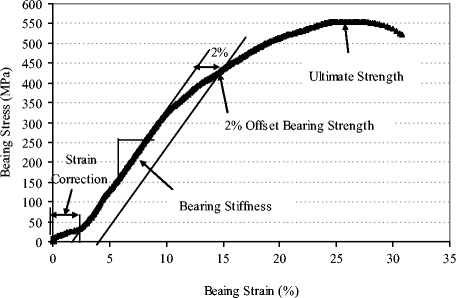Modelj Bolt Obj
Polygonal mesh file formats: Autodesk 3ds Max (.max), AutoCAD (.dxf), Maya (.ma), Wavefront Object (.obj), 3D Studio Binary (.3ds), Autodesk FBX (.fbx), 3D Studio ASCII (.asc), LightWave 3D (.lwo), VRML 2.0 (.wrl;), Microsoft DirectX ASCII (.x), StereoLithography ASCII (.stl), COLLADA (.dae), X3D (.x3d). Downloaded 3D Models can be imported into Softimage, Cinema 4D, Blender, Modo, Unity, SketchUp, ZBrush, Poser and other 3D modeling software.


A325 bolt was chosen in this study because it is widely used in steel structures and in the. Experiment using an object with known thickness. [8] Harmathy T (1967), A comprehensive creep model. J Basic Eng 98(D-3): 496-502.
3D CAD Solid Objects file formats: STEP SOLID [AP214] (.step), IGES 5.3 NURBS (.iges). 3D CAD Solids can be imported into SolidWorks (.sldasm;.sldprt), Autodesk Inventor (.iam;.ipt), Pro/Engineer (.asm;.prt), SolidEdge, CATIA, ACIS and other CAD/CAM/CAE packages. 3D CAD models can be downloaded as polygonal 3D meshes also. • • • Copyright © 3D CAD Browser, 2001-2019.
METHODS A total of 42 vertebrae from 17 cadaveric lumbar spines were obtained. Bone mineral density was measured, and a CBT screw was randomly inserted into one side of each vertebra. A TT screw was then inserted into the contralateral side. The biomechanical properties of the screws were tested to determine their insertional torque, pullout strength, and fatigue performance.
After checking the screws for the failure of each specimen, the failed screw track was salvaged with a screw of the opposite trajectory. The specimen was then subjected to the same mechanical tests, and results were recorded.
A repeat pullout test on TT and CBT screws was also performed. RESULTS When CBT screws were used to rescue failed TT screws, the original torque increased by 50%, an average of 81% of the pullout strength of the initial TT screws was retained, and the fatigue performance was equal to that of the original screws, which were considerably stronger than the loose TT screws—that is, the TT repeat screws/TT screws were 33% of the pullout strength of the initial TT screws. When the TT screws were used to salvage the compromised CBT screws, the TT screws retained 51% of the original torque and 54% of the original pullout strength, and these screws were still stronger than the loose CBT screws—that is, the loose CBT screws retained 12% pullout strength of the initial CBT screws. Fatigue performance and the ratio of the pullout strength considerably decreased between the CBT rescue screws and the original CBT screws but slightly changed between the TT rescue screws and the original TT screws.
• Experimental setups of the pullout test ( A) and cyclic fatigue test ( B). Load cell ( L), 5.5 × 110–mm titanium rod ( R), fixation device ( F), and specimen ( S) are shown. Figure is available in color online only.
Toe starter 3 kryak. • Maximum insertional torques of 4 screw types and their comparison. Error bars indicate SD.